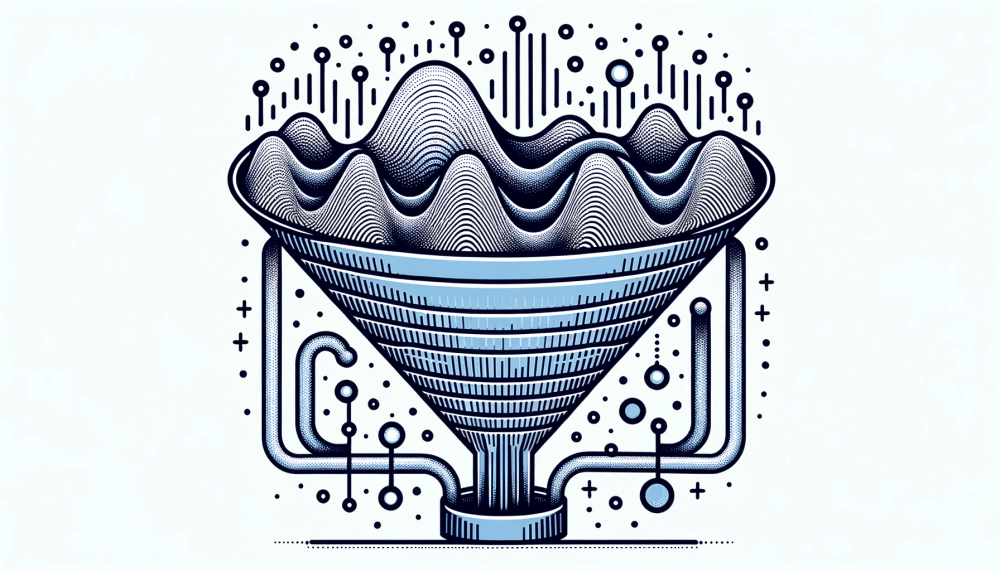Published
- 2 min read
De-essing in Audio Editing: Techniques and Plugins

Understanding Sibilance in Audio Production
Sibilance is a term used to describe the harsh resonances and hisses that can be introduced by certain syllables when recording vocalists. These syllables include sounds like ‘S’s, ‘Ch’s, ‘Sh’s, ‘Th’s, and ‘T’s. Sibilance is commonly found in the 5-8kHz frequency band but can also occur above 8kHz. This issue can be exacerbated by poor microphone technique or the choice of microphone itself. All microphones have a unique frequency response, so those more sensitive to the 5-8kHz frequency band will make sibilance more prominent in a recording source.
Causes of Sibilance
The syllables that cause sibilance, such as ‘Sh’, are referred to as a vocal formant called a fricative consonant. These sounds are produced by constricting air passage through our airways using anatomical features like the tongue and teeth. Sibilance is a crucial component of human speech, but it can produce a lot of noise in music production. This noise can be pronounced due to poor microphone technique, an unsuitable microphone choice, or even the vocalist’s mouth shape and accent.
De-essing Techniques
De-essing is a dynamic audio editing process that reduces high-frequency content when sibilant sounds are present. It’s different from equalization, which changes the level among various frequencies. De-essing plugins, such as Oeksound soothe, Waves DeEsser, and Fabfilter pro-DS, are commonly used in digital audio production to compress specific frequency ranges. These plugins process the signal by detecting sibilant peaks to trigger compression, ensuring that the sibilant frequencies are compressed while maintaining the overall signal level.
There are various de-essing methods:
- Side-chain Compression or Broadband De-essing: This method involves equalizing the side-chain to focus on sibilant frequencies, reducing the entire frequency range.
- Split-band Compression: This technique separates the signal into sibilant and non-sibilant frequency ranges, compressing only the sibilant frequencies.
- Dynamic Equalization: This method reduces the gain of a parametric equalizer as sibilance increases, detecting bandwidth-specific areas containing sibilance.
- De-essing with Automation: Allows manual control of vocal levels to reduce sibilance during playback.
Conclusion
De-essing is an essential technique in audio editing. It ensures that the audio sounds more natural and is enjoyable for the audience. With various methods available, it’s crucial to choose the right de-essing technique based on the specific requirements of the audio recording. You can start de-essing harsh vocal samples today at https://masterednow.com/enhance
